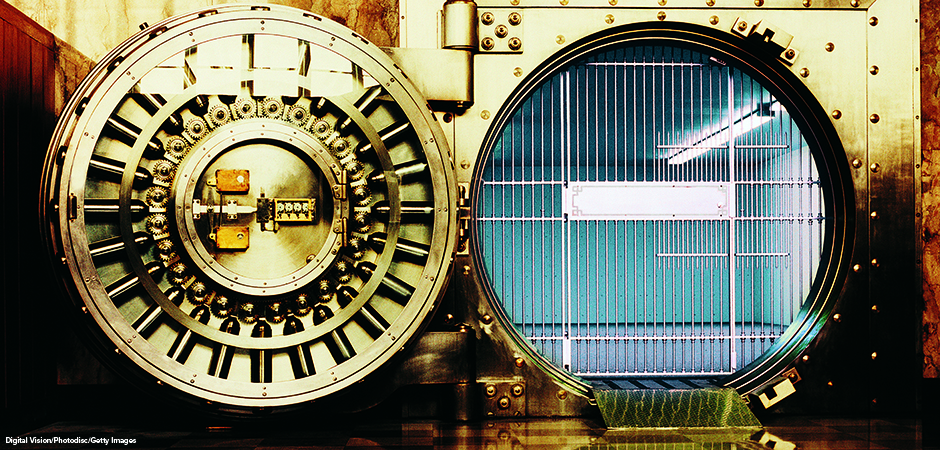
For the first time in 20 years, Japan has new banknotes (paper currency). On July 3, 2024, the Bank of Japan introduced new 10,000-yen, 5,000-yen, and 1,000-yen bills. They showcase three important figures in Japan’s history. They also include new features to limit counterfeiting, or illegally making fake money. Another new feature of the banknotes helps people who are blind, with textured marks to help them determine which banknote they are holding.
The New Banknote Heroes
The front of the new 10,000-yen bill (worth about $62) features Eiichi Shibusawa (1840–1931). He was an influential business leader in modern Japanese society known as “the father of Japanese capitalism.” Shibusawa traveled to Europe in service of Tokugawa, the last shogun (military leader) of Japan. He later worked for the Meiji government (1868–1912) and helped modernize Japan and its capital, Tokyo. Shibusawa founded Japan’s first modern bank, the Tokyo Stock Exchange, the Tokyo Chamber of Commerce, and hundreds of companies. He later helped set up hospitals, schools, universities, and charity organizations. The back of the banknote shows Tokyo Station.
Umeko Tsuda (1864–1929) promoted education for women. She is featured on the front of the new 5,000-yen bill (worth about $30). At age 6, Tsuda became the first female exchange student to the United States. She lived near Washington, D.C., until she was age 17. She later returned to the United States to attend Bryn Mawr College. Tsuda became a teacher when she went home to Japan in her 30s. She also worked to improve women’s status in Japanese society. She established what is today known as Tsuda University. The back of the bill shows wisteria flowers.
The front of the 1,000-yen bill (worth about $6.20) includes the portrait of Shibasaburō Kitasato (1853–1931). He helped modernize Japanese medical practice. He discovered the tetanus bacteria in 1889, and then developed a vaccine to treat it the following year. He also identified the bacteria that causes bubonic plague, and his expertise helped reduce deaths during a plague outbreak in 1894. Kitasato worked on vaccines for other diseases as well, including diphtheria and anthrax. He founded the Institute for Study of Infectious Diseases and what is today known as Kitasato University. Kitasato was the first president of the Japan Medical Association. The back of the bill shows the famous painting “Under the Great Wave off Kanagawa” by Katsushika Hokusai.
Anti-Counterfeit Measures

In addition to showing historic Japanese trailblazers, the new banknotes include several anti-counterfeit measures. For the first time, the portraits are shown as 3D holograms. The heads appear to rotate when the bills are tilted. Several other elements on the banknotes also include hologram patterns.
Additional anti-counterfeit measures include:
- Watermarks of the portraits and bar patterns that are visible only when holding up the bills to bright light
- Intaglio (in•TAL•yo) printing, which presses down on certain elements of the banknotes and fills the sunken area with heavy ink
- Hidden images that only show up when a banknote is tilted
- Pearl ink that causes a pink pattern on the ends of the bills when tilted
- Microprinting that can be seen under a magnifying glass but cannot be photocopied
- Glowing ink that shows up when ultraviolet light is directed on the banknotes
- Different shapes and positions for the holograms and watermarks
Even the paper on which the currency is printed comes from a source that is difficult to counterfeit. The mitsumata (paperbush) plant is grown at the base of the Himalaya in Nepal. The plant’s bark has strong fibers. This makes paper that is ideal for currency.
